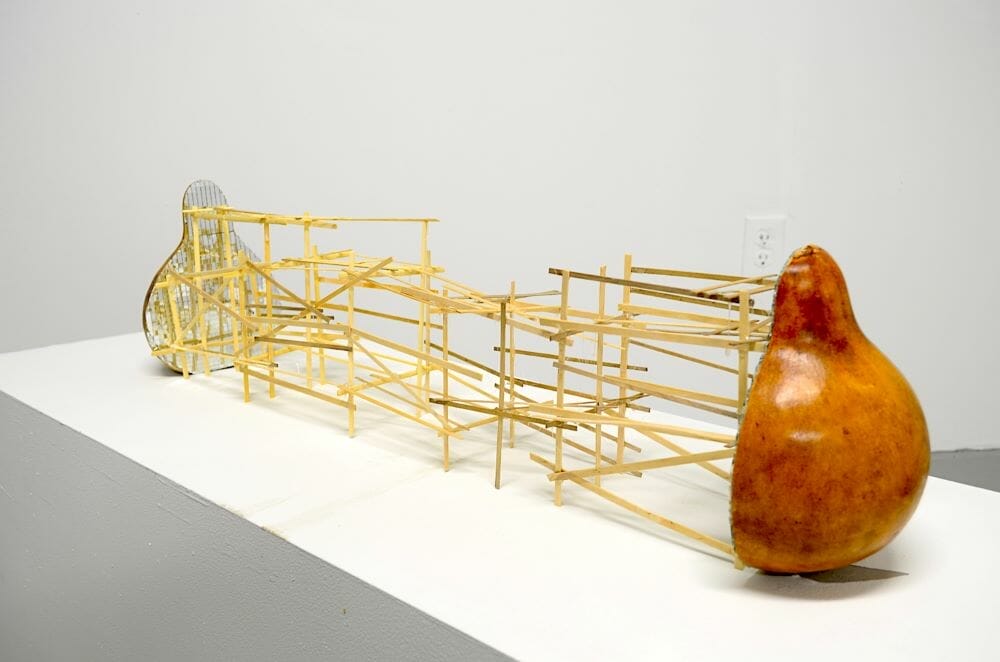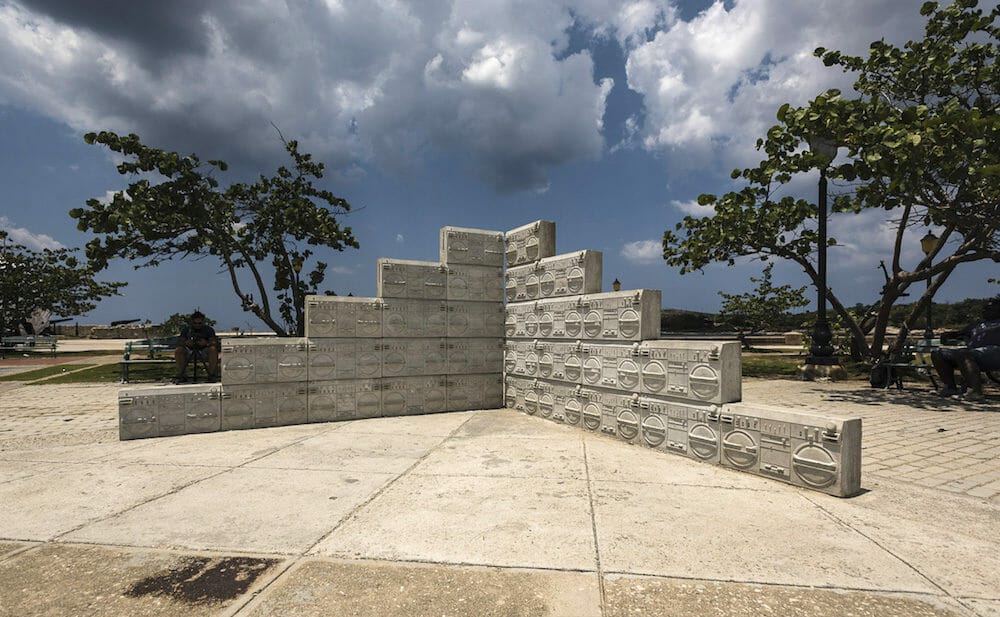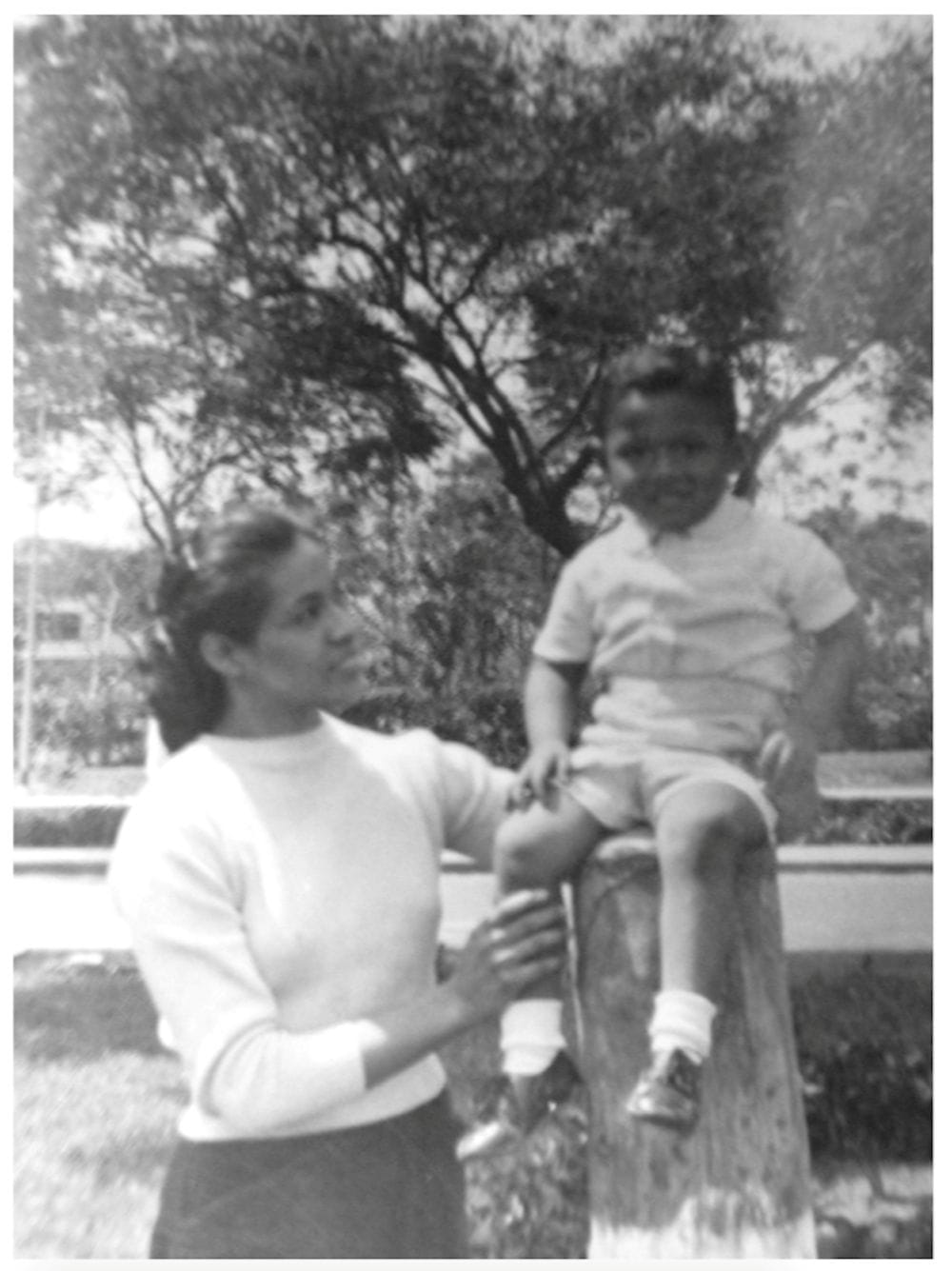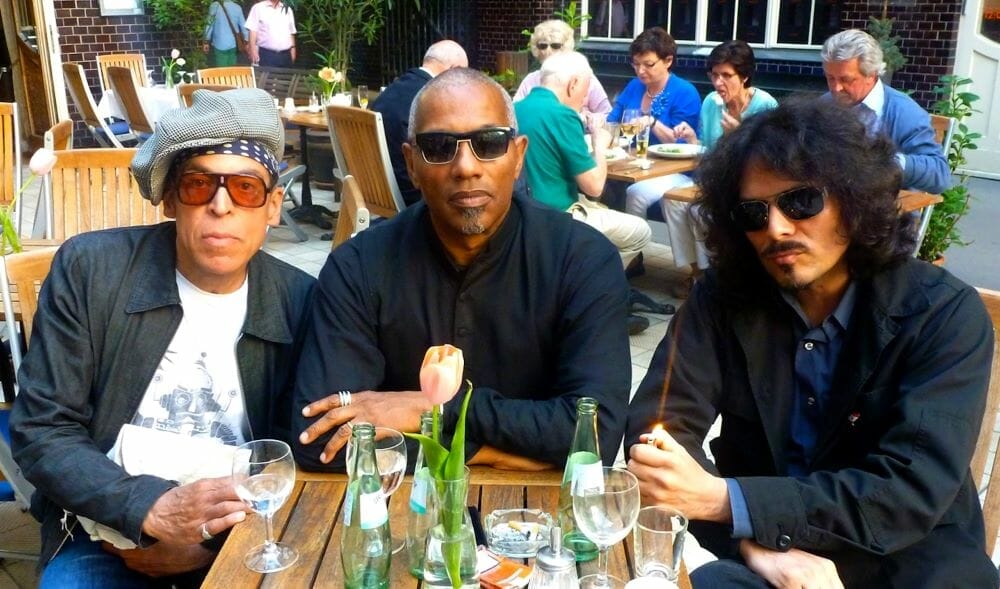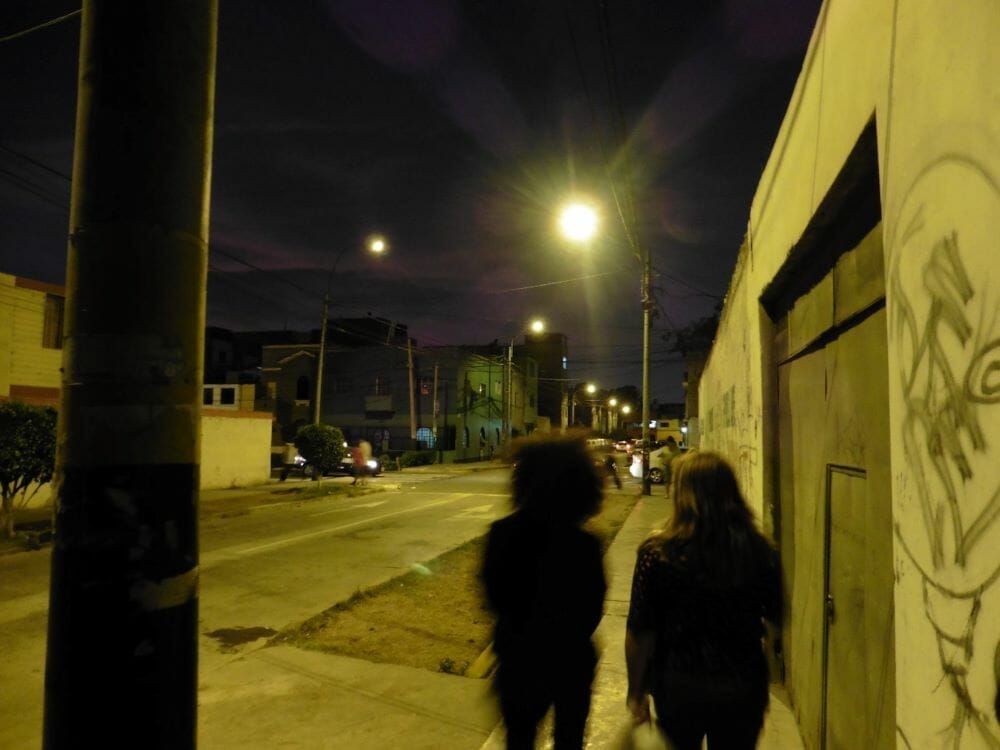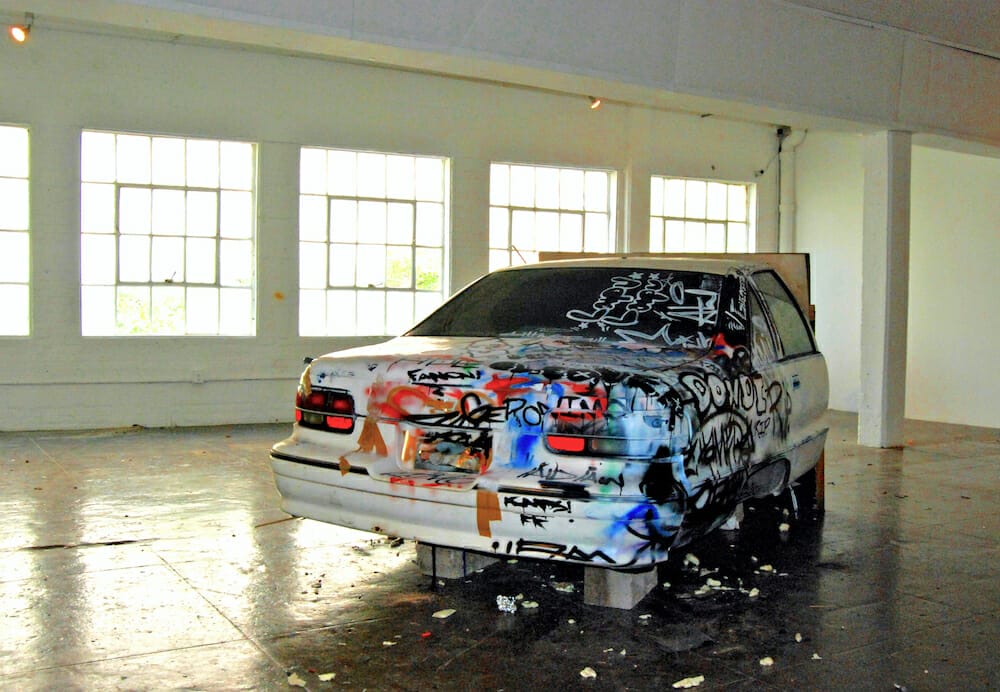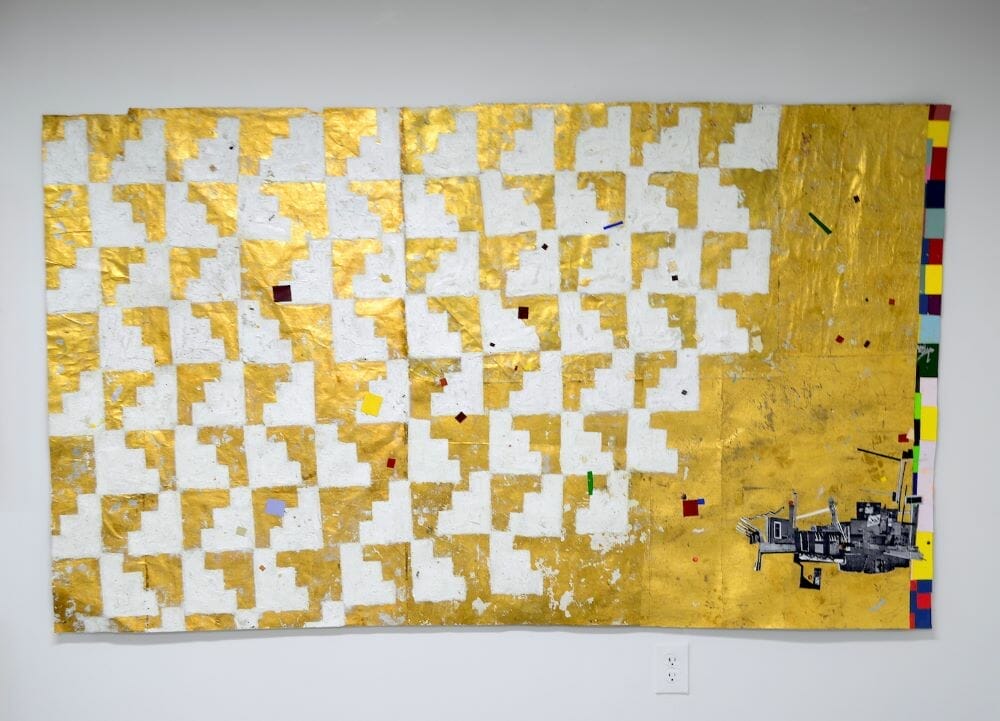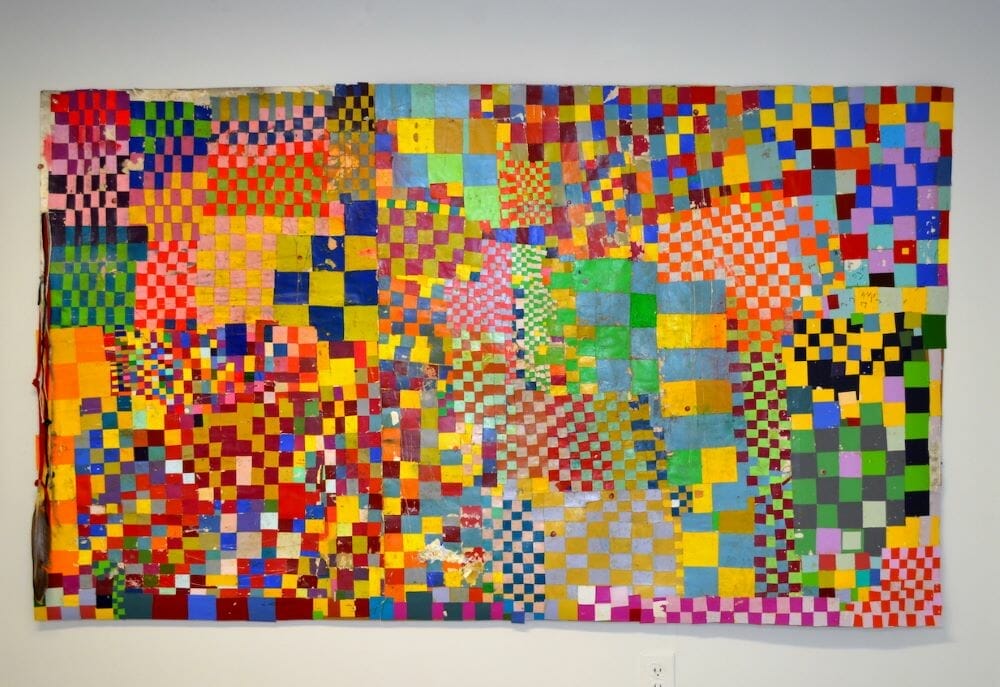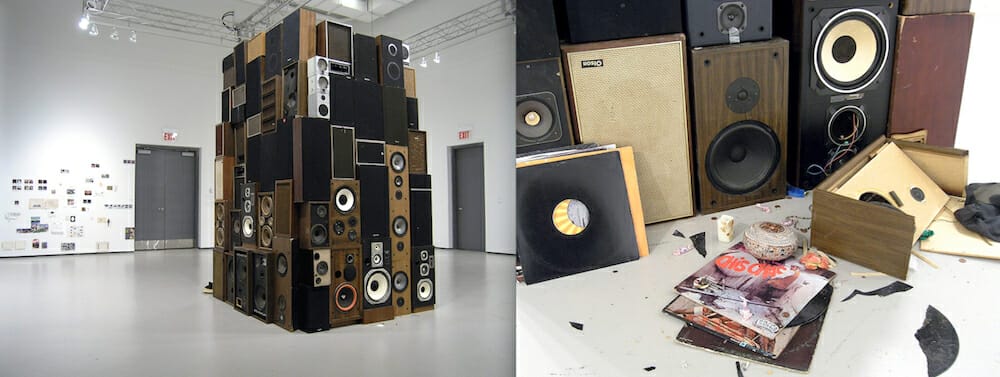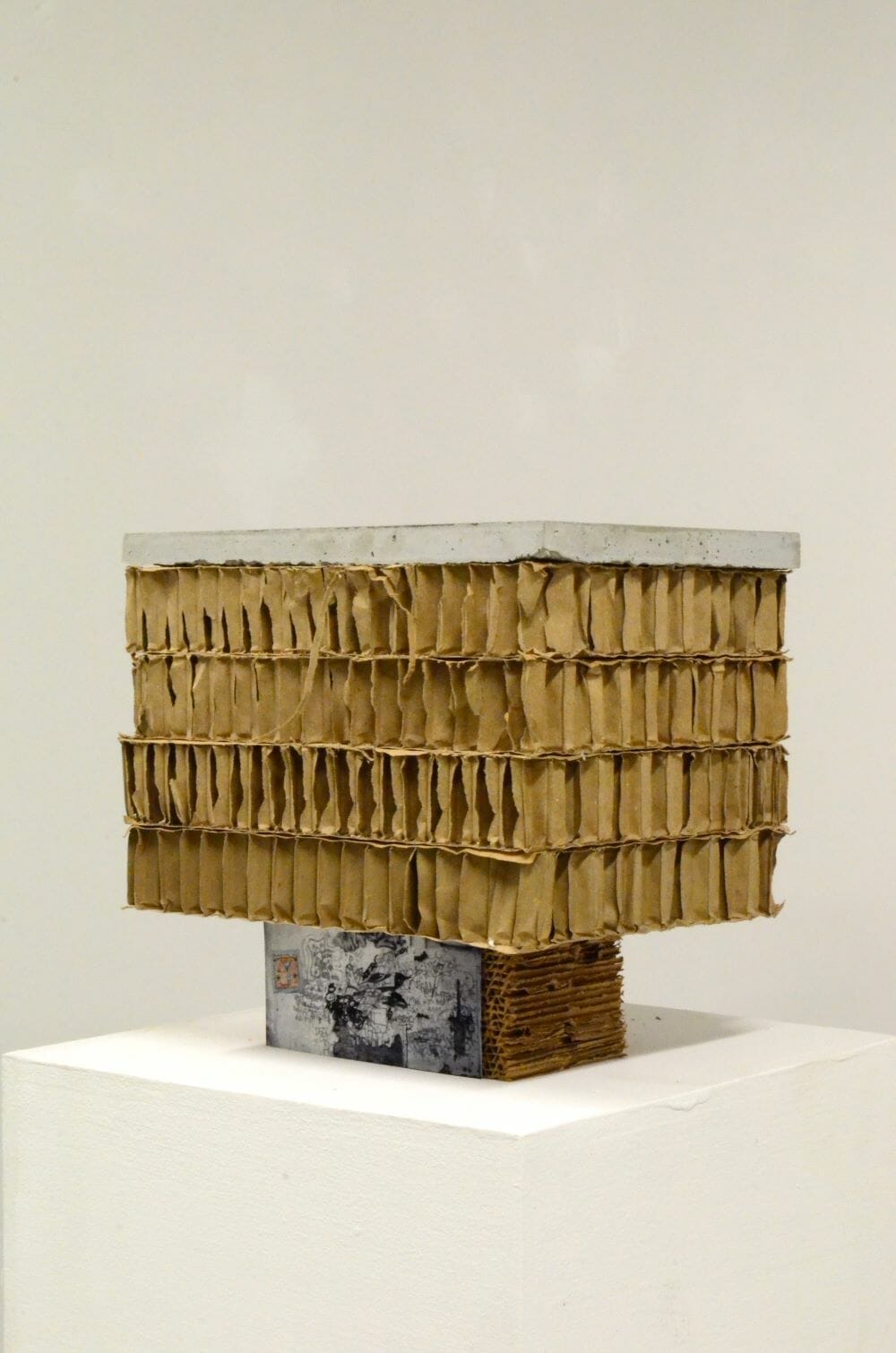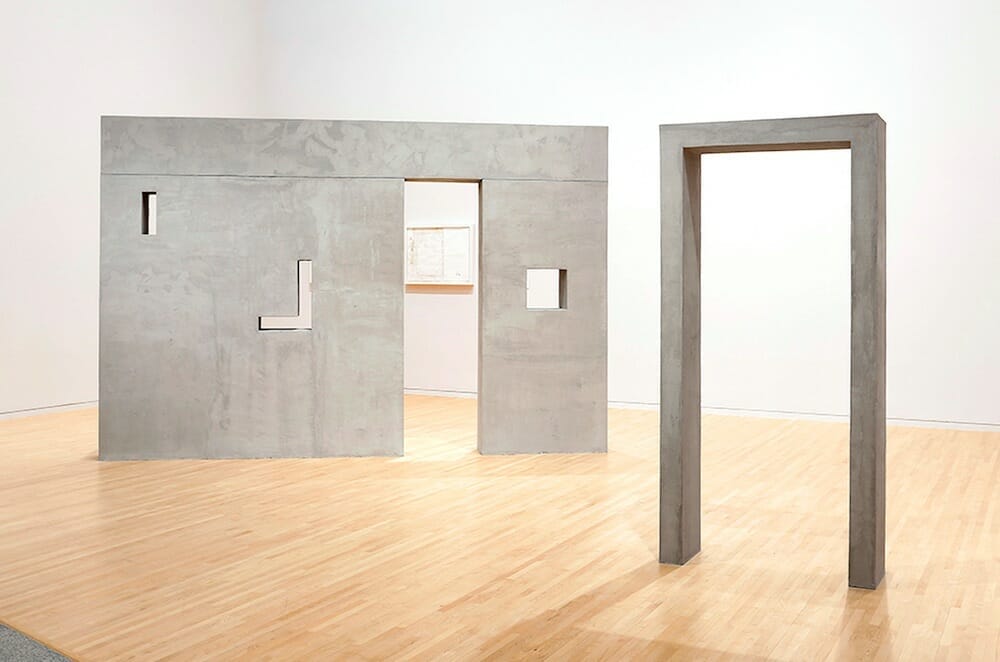When:
January 23 – February 29, 2020
Where:
Sikkema Jenkins & Co.
530 WEST 22ND STREET
NEW YORK NY 10011
Editor’s Note: We first met Peruvian-born William Cordova (b. 1969) as he was helping hang a PRIZM show he co-curated with Mikhaile Solomon during the 2018 Miami Art Week. (He continued to co-curate PRIZM in 2019.) Then, as now, one could find Cordova’s work exhibited at multiple galleries, and in different shows, including Art Basel Miami. (In Miami Art Week 2019, Cordova's work was exhibited with Sikkema Jenkins and Nada with Livia Benavides 80M2.) Helping to curate PRIZM is one aspect of Cordova’s work outside his studio practice. Another component of his work is to mentor, a cornerstone of being a cultural practitioner, a moniker he prefers over artist.
A graduate of the School of the Art Institute in Chicago (BFA), Yale University (MFA), and numerous art residencies worldwide, Cordova is among the relatively small number of worldwide artists whom his fellows would consider as having made it. His work is now part of permanent collections at the Whitney, the Guggenheim, Yale, Harvard, and other museums across the globe. His calendar includes both solo exhibits and group shows.
With so much on his plate, Picture This Post (PTP) was curious to find out how and why William Cordova’s (WC) interest in mentoring evolved. The story begins, as it turns out, with his mother….
(PTP): Who were the important mentors to you as an artist?
(WC): The most important mentor to me as a cultural practitioner is my Mom, Rosa Cordova Rojas. She set high standards for herself, and achieved a great deal through much sacrifice. Children learn a great deal by watching and observing adults. My Mother has always been my role model, and biggest influence in my life as a person and an artist.
The desire to assist others—to mentor— comes from my Mom. All my siblings are problem solvers. They tend to excel in their day jobs because of this…
How did she mentor us? Step one--my Mother is a great story teller... As children, we would sit around her bed listening to her tell us folkloric, family and historical stories. There was always a moral to every story she shared and made sure we understood this. She is in many ways like an Akira Kurasawa, or Octavia Butler story. Step two— we learned through her actions. A child assumes everything to be pure, and exactly as they are first told. My Mom's actions equaled her words. She exercises, and follows strict ethical and moral codes. She never deviated from these codes, even in the harshest, and most economically depressed periods that she and we went through in Lima, Peru, and later in South Florida. Step three—our Mother has always been the family's wise compass. Her guidance is always balanced, and never biased or ill intent. It sounds ideal and fictitious, but her codes also came about through the trauma of being orphaned at 15 years of age, and feeling helpless and isolated for a long period of time.
She was raising five children, and working a day job at the same time, with very few tools and resources. She had to be creative and find alternative ways of maintaining a family. We watched, and learned to be equally creative and resourceful.
There are other individuals, like my father, Humberto, whom I have learned much from as well.
My professors—artists Robert Thiele, Pat Johnson, Elmer Craig from Miami Dade College— were also encouraging and instrumental in getting me accepted to The School of the Art Institute of Chicago. Their values and discipline for their work influence me to this day.
Has your vision of how to integrate mentoring into your life and art evolved over time?
As an adult I’ve had experiences where other visual practitioners prefer to not share any information that could possibly help someone else’s practice. They prefer that artists not partake in anything outside their studio practice, because they feel it may threaten their own positions. I don’t agree with that strategy because it is selfish, and eliminates not only others, but also ourselves eventually. It’s an egocentric form of insanity that never ends, because it perpetuates paranoia.
It is interesting that publications like Art Forum and Art Papers were started by artists, rather than exclusively academics.
I think mentoring is essential for one’s own development, for the provider and receiver.
Mentoring, writing, lecturing and curating are as essential as the rest of my studio practice. I have always mentored younger folks, not exclusively in the arts.
“I never thought of myself as an “artist” —only as a conduit, a bridge and cultural producer. The definition of “artist” has too many limitations…”
How has your mentoring practice changed over time?
I didn’t make a conscious decision to mentor. I simply placed myself in a position to provide assistance to any student who would like further feedback.
Technology has made it possible for me to communicate back and forth with many artists, students and collaborators in a very effective manner. Being able to read at length gives people the opportunity to digest and reply.
I don’t teach and never have. During Grad School at Yale University, I opted out as a teacher’s assistant and never had an opportunity to teach as an undergrad at The School of the Art Institute of Chicago. My focus at the time was to develop my visual language and nothing else. Of course, there are benefits in teaching, but it was not something I considered at the time. I also didn’t have an apartment or place to live, because I didn’t want to think about day to day living obligations at all because they impeded on my focus at the time.
So, I hid and lived inside the schools’ studios, or wherever I could rest...
These circumstances eventually changed with time— and I am not in that survival mode anymore. But that does not change my ambition to push boundaries, and not become complacent with what I do. It is no different for musicians, filmmakers, writers, scientists or any other individual who utilizes their creativity to pursue any endeavor. I opted out of teaching in graduate school to focus the precious time we had on my development as an artist. So, I don’t have any familiarity with teaching in a classroom in any capacity. Mentoring compensates for that in many ways.
One needs to have perspective in order to provide constructive feedback. It is essential to have a very formal exchange with students. Having boundaries is part of this exchange. Feedback is about listening and building a conversation, but also knowing when to hold back.
(For example) it may not be constructive to expose someone who is developing their visual vocabulary about marketing their work. Those things can be dangerous for a student’s development—exposing a student who is still developing can confuse and give them false conclusions about their work in the market, before they understand the difference between creativity and commerce.
Creativity is very fragile, and takes time to cultivate and maintain.
It isn’t about assembly line marketing. Most people misinterpret Andy Warhol’s concept of creating an art “factory” for a market. They take it at face value, when he was actually critiquing the strategy that automaker Henry Ford had popularized.
My first experience with the Skowhegan School of Painting & Sculpture, a long term Art Residency retreat, left me with a very positive impression on how an artist can develop in an environment with their peers, sans the need to focus on commerce or art markets. I decided to extend this liberating moment by pursuing more long term art residencies when I finished my MFA at Yale University. I traveled to upstate NY for Art Omi, then Studio Museum in Harlem, Headlands in Sausalito, CA and CORE/MFAH program in Houston, TX for two years. Every aspect of the Art residency experience became an integral component in my studio practice. Travel to different cities, states, countries, and volunteering to lecture and do studio visits in local community colleges, all became part of this way of working. Every situation was a different challenge and broadened my exchange with people and communities. Mentoring equally became part of this process.
Is teaching in an academic setting, in the future, of interest to you, or would you consider that too much of a detour from your prime interests?
I can only imagine what it would be to teach at an academic institution since I have visited those institutions enough times. The difference between teaching and mentoring may be that I am not physically available to faculty or students, and have set boundaries that protects me, and the students, in order to maintain a strict objective perspective on the student’s development.
I am not sure that I would be interested in teaching in an academic institution. I thought about it once, many years ago. If I did teach more formally, rather than mentoring, it would be more in an experimental environment— a mixture of an art residency with academic rigor, but also not rely solely on exercising theories without getting our hands dirty. I envision it to be like studying architecture in South America, rather than how architecture is taught in the US. Architect students in South America have to not only learn the history, theory and technical aspects of architecture, but they alsohave to understand structural engineering, physically work with building materials. This is the only way I would consider teaching-but I am not sure that is my path.
Most schools today are focused on assembly line art stars.
The problem with that is that it’s an illusion, and it has a short shelf life.
Do you feel or identify changes in the art world today that will likely affect you and your mentees in the coming years?
I consider myself a cultural practitioner, and have been aptly producing projects and exchanging ideas since I could first remember. The question about the “art world” is complicated, because there are many art worlds--just like there are many music genres and industries. They all operate differently, and cannot be simplified down to a single entity.
I would add that, one major change I have seen in institutions of higher learning is the focus not on nurturing thinkers, but on producing product makers. It is interesting to note that Henry Ford once stated "Education is preeminently a matter of quality, not amount”.
What’s next for William Cordova?
Stay tuned to these pages for updates on William Cordova.
Images courtesy of William Cordova

